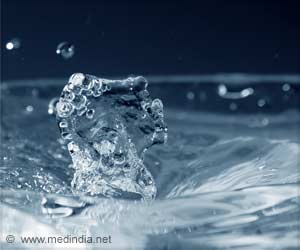“We have to think about the legacy we strategically leave for the future from both the scientific and socio-economic angles,” said Nandita Basu, a professor of Earth and Environmental Sciences and Civil and Environmental Engineering at Waterloo and the study’s lead author.
The study from the University of Waterloo recommends the following six steps to improve water quality:
- Focus research to quantify the length of time the nitrogen stays in our ecosystems to adjust our expectations for conservation timelines.
Find ways to use the legacy nitrogen as a resource for growing crops instead of adding new nitrogen fertilizers.
Target conservation strategies to get the maximum water quality improvement instead of a widespread blanket approach.
Combine conservation methods that harvest nitrogen from past legacies accumulated in the soil.
Monitor water quality at both large and small scales so that short-term results can be seen at scales like a farm field and long-term results downstream at river basins can also be tracked.
When assessing the economic impacts of conservation strategies, incorporate both short- and long-term cost-benefit analyses
.
Nitrogen legacies are different around the world depending on the climate and historical land use, and land management patterns.
While theoretical knowledge of these legacies has existed for decades, measurements and monitoring have not yet been widespread enough to understand these differences and support water quality policies, where there is still an expectation of short-term water quality improvement.
It’s time we stop treating nitrogen legacies as the elephant in the room and design watershed management strategies that can address these past legacies.
Source: Medindia



